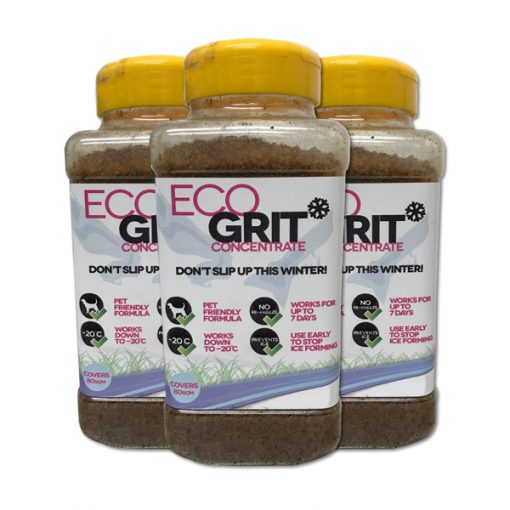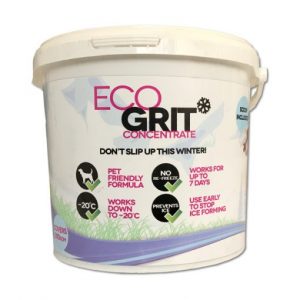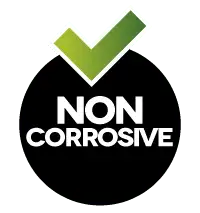How to Deice the Driveway or Sidewalk Without Salt

Using rock salt to deice a driveway on a cold and frosty morning may seem like a cheap and easy solution to an annoying problem, but it can cause all sorts of adverse repercussions elsewhere due to the toxicity of the salt and its impact on its surroundings.
While rock salt can certainly shift ice and turn it into water that flows away, any salt residue left can irritate and injure animals’ feet and paws, including any beloved pets that walk on or lick the treated surface. It can also cause harm if accidentally eaten by an animal or human and residue on shoes can damage property if it is walked inside. Finally, the salt that flows away with the melted water can enter nearby habitats, such as streams, rivers and ponds, causing harm to resident wildlife.
Yet we still need to clear away frost and ice to prevent slipping and sliding and to keep our pets, vehicles and property safer in the winter. The good news is that rock salt is by no means the only method of removing ice or mitigating its effects. Here are a few pet-safe, property-safe alternatives to consider the next time you wake up to a glistening white world outside your windows.
Hot water
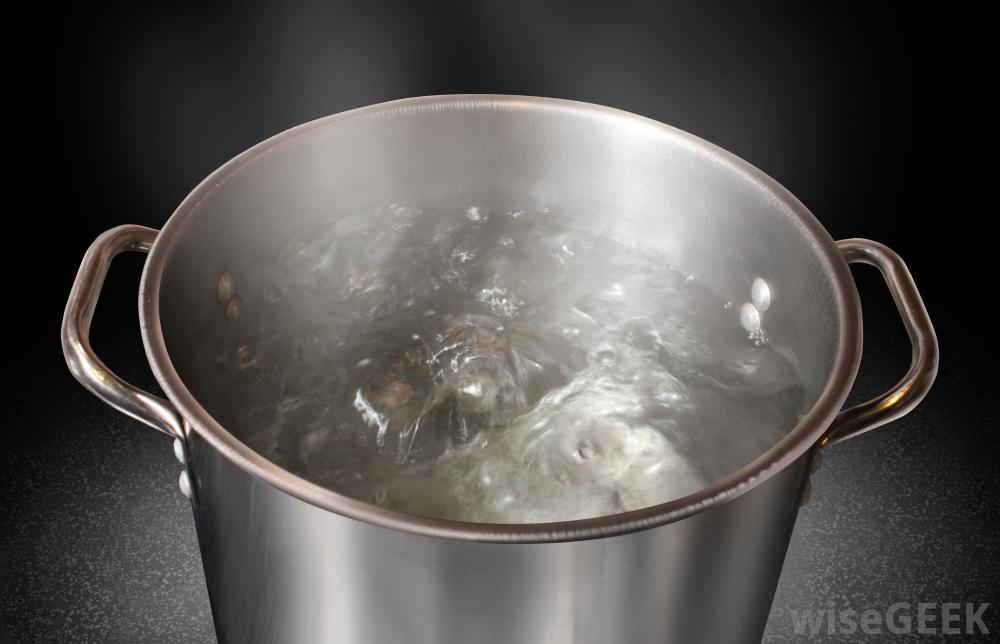
Although it is not advised to throw boiling water onto a car’s windscreen for fear of the glass cracking in the extreme temperature change, this can work as a rapid ice melting method for frozen driveways if you need to get the car out quickly, or you need to clear some stubborn snow fast. Bear in mind, however, that even boiling water will cool down and possibly freeze elsewhere, turning a different part of the driveway, garden or sidewalk into an ice rink instead. If you choose to use this method, make sure you pay attention to where the water is flowing to and make sure that you are not simply transferring the problem to somewhere else that could be equally annoying or dangerous.
Sand

Throwing sand or grit onto frozen or icy surfaces adds very helpful traction to allow you to walk or drive on it without quite such a high risk of slipping or sliding. Sand won’t melt the ice by itself, but it can certainly make the surface easier to navigate. Choose sand with no added rock salt or harmful chemicals and apply it sparingly so that when it is washed away into nearby borders, gardens and ditches, it won’t build up too much and cause any blockages. Or problems for resident wildlife. Check your footwear carefully when walking indoors after stepping on sand, as it can stick to the soles of your shoes and cause a mess inside.
Salt-free deicer
If you simply prefer the satisfaction of being able to apply an effective deicer and enjoy ice-free, safer surfaces, then there is good news for you. Eco Grit is an organically derived, highly effective, salt-free ice melt that is safe to apply, won’t harm pets or wildlife and works down to temperatures of minus 20 degrees C. You can also apply it the night before a frost is expected, and it carries on working for up to seven days, clearing the ice before it can become a problem for you, your pets or your property. Using a salt-free deicer gives you the best of both worlds in terms of an effective solution to slippery driveways and a safe, environmentally-friendly way to treat affected outdoor areas.
The heat of the sun – or a little bit of help

If time is on your side and the sun is shining through the wintry clouds, then you could be lucky enough to be able to take advantage of the weather and let the sun’s rays do the heavy lifting. As the day heats up, the ice and snow will melt on their own, leaving the driveway clear once again. If your budget is a little healthier, and you don’t have the luxury of waiting for the sun to work its magic, then you could look into more technological driveway solutions such as an electrical or hydronic heated driveway system. These are highly effective at preventing black ice – often a cause of serious slips and trips in the winter months, as it is very hard to spot until you have actually stepped or driven onto it.
Elbow grease
Finally, if all else fails, why not dig out the shovel and set to work clearing the snow using good, old-fashioned elbow grease? You can get plenty of snow shovelled in a short amount of time if you put your back into it. Get the whole family to help, and you can clear a whole driveway in no time!
Find out more about how the pet-safe ice melt EcoGrit can safely clear away ice and snow from your driveways and sidewalks this winter.

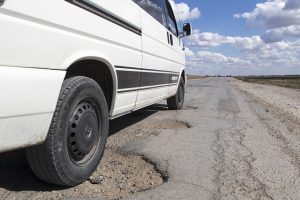 ated?
ated?

 the top of the global agenda, but many of us don’t know where to start in doing our bit. It can all seem so big and impossible to make a difference, yet there are several things we can do to help. From making energy-saving adjustments to our home lives to introducing small ecological changes at work and encouraging young people to live sustainably by leading by example at school.
the top of the global agenda, but many of us don’t know where to start in doing our bit. It can all seem so big and impossible to make a difference, yet there are several things we can do to help. From making energy-saving adjustments to our home lives to introducing small ecological changes at work and encouraging young people to live sustainably by leading by example at school. Watch your water use
Watch your water use


